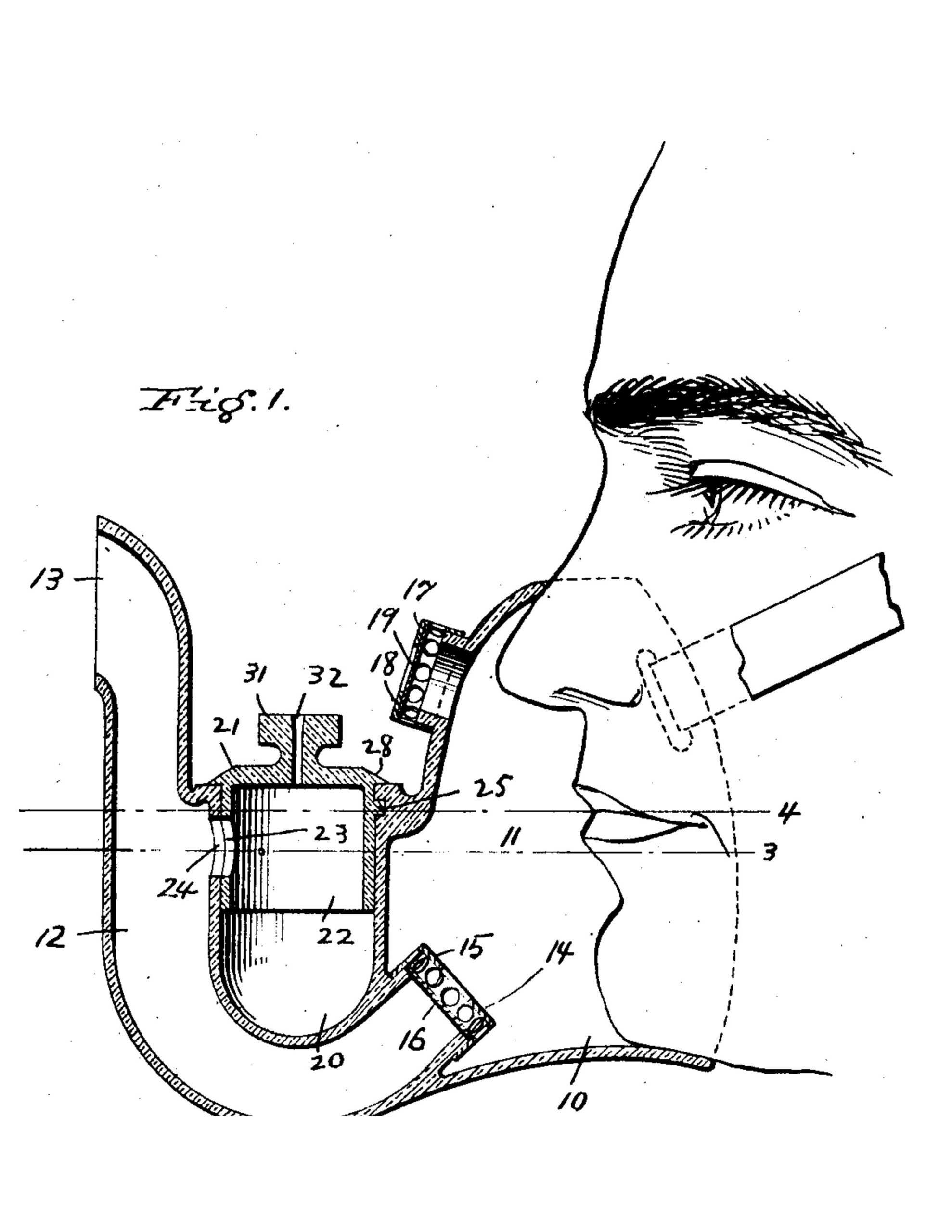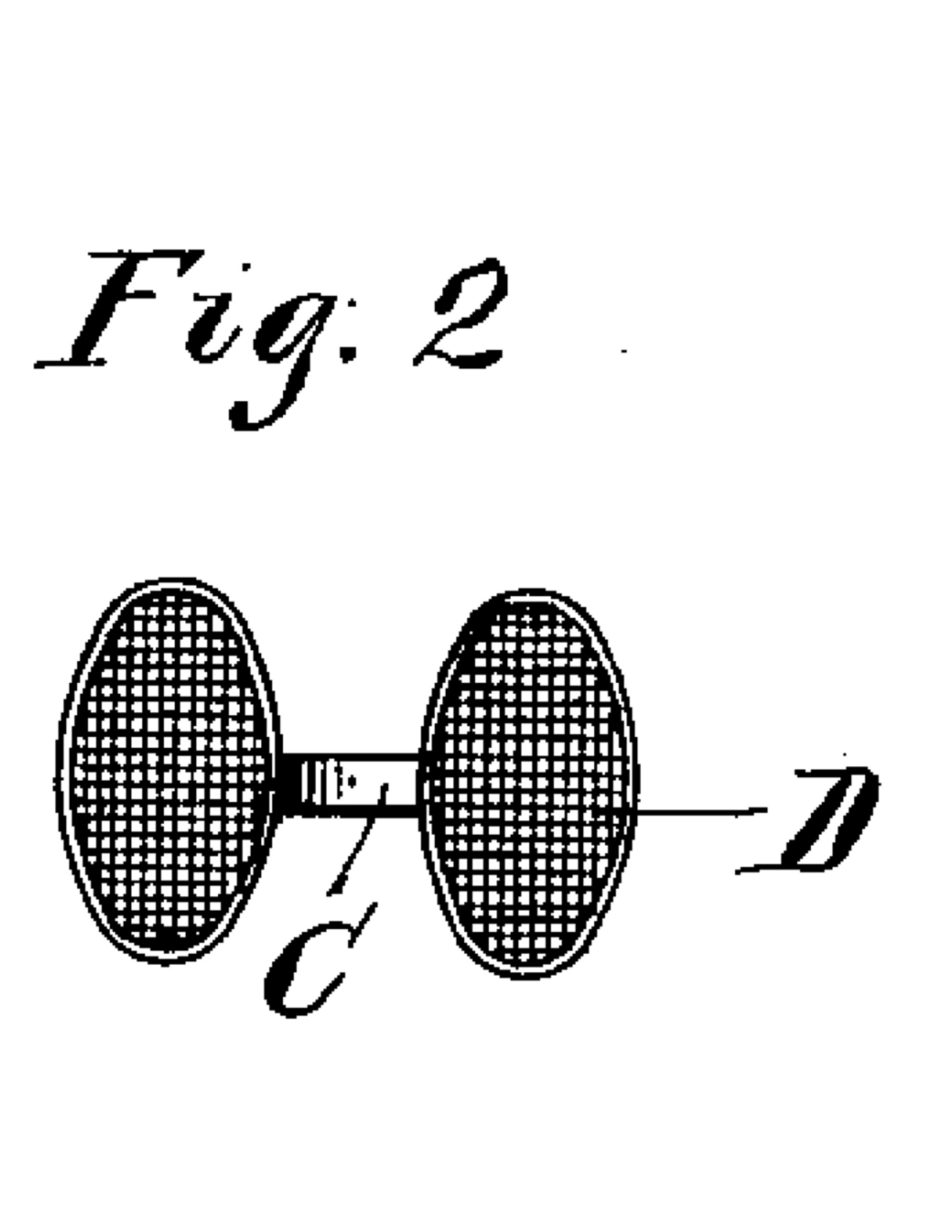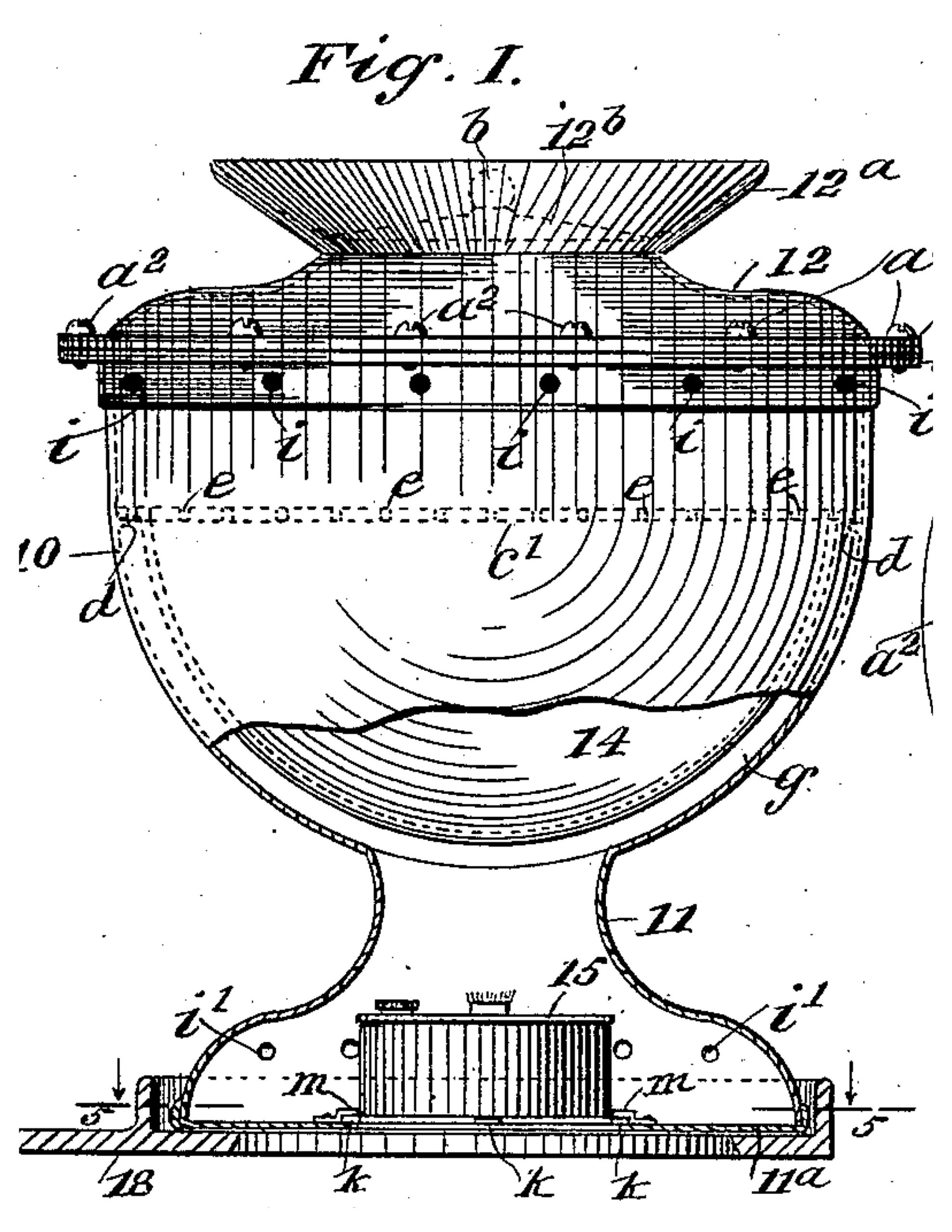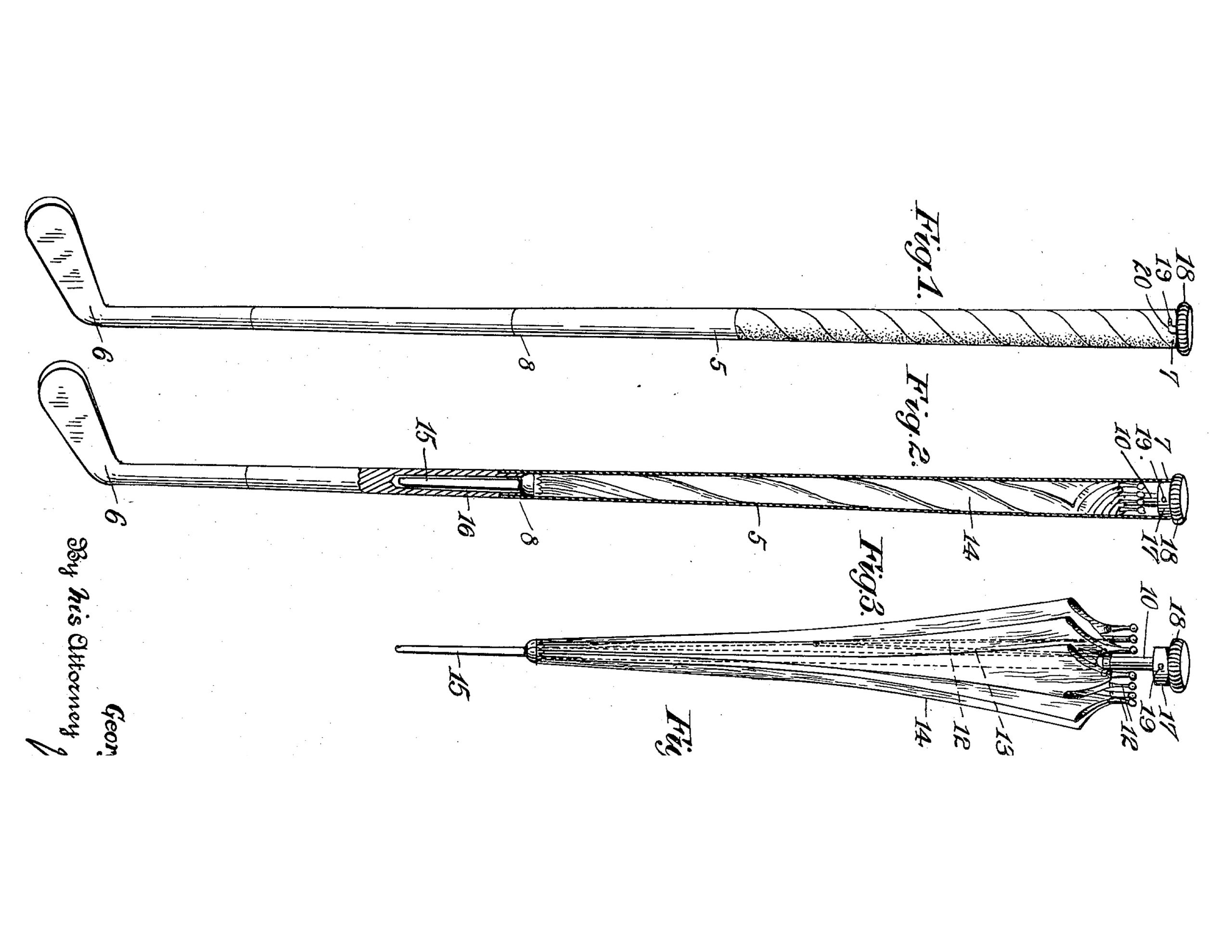
Governments and scientists are scouring our vast pharmacopeia for something, anything, that may be effective against the current pandemic.
While this particular infection may be new, inventors have been solving the problem of contagion since there have been inventors. This author believes that the scientists should investigate other disease-fighting inventions of the past.
In this era of social distancing, consider the chewing gum locket of 1889, shown above left. The locket is undoubtedly useful for keeping your chewing gum germ-free and close to your heart for later use and is much more hygienic than sticking your gum to the underside of the table.

The scientists also should consider the beneficial effects of inhaling chlorine, the World War I poison gas. Inhaling wholesome chlorine gas experienced an enthusiasm in the 1920s for treating ‘colds, influenza, whooping cough and other respiratory diseases.’ The new chlorine products included a mask for inhaling chlorine gas and a gas generator to fill an entire room.

At a time of mask shortages, perhaps we should look to the masks of the past. Consider this one from 1872, great for avoiding ‘effluvia arising from infections and contagious diseases’ and for frightening children.

If material shortages are a problem, then the nasal respirator of 1892 is the solution. Why cover the whole face when covering a nostril will do the job?

How about keeping school children infection free? Our inventive fore-bearers solved that problem, too. Take, for example, the antiseptic pencil holder of 1900. It’s well known that children, in 1900, tend to lick the tips of their pencils. Since children do not own their own pencils, the pencils stay at the school. The antiseptic pencil holder has an antiseptic pad against which the tips of the pencils rest, avoiding all infection.

The problem of contagion arising from spittoons has finally been solved. Here’s a ‘contagious germ incinerator’ from 1897 that cooks the expectorate over a coal-gas flame.
Finally, we have the umbrella golf club from 1928, which should be particularly useful for protecting administration officials from infections.

— Robert Yarbrough, Esq.

